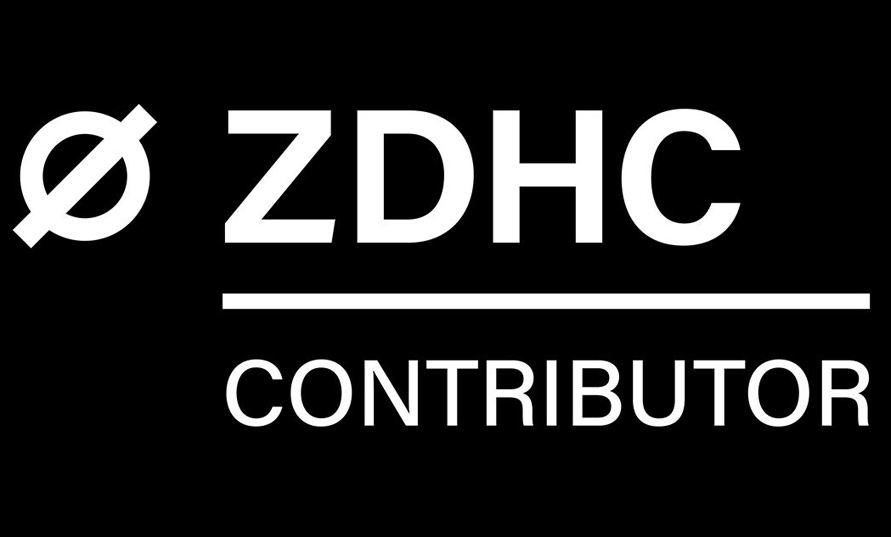
Promoting Sustainability in the Textile Industry Supply Chain
Introduction
The textile industry is one of the largest and most influential industries globally. Unfortunately, it is also one of the major sources of pollution and hazardous chemical use. Fortunately, many organizations and associations are working to improve its environmental impact and efficiency. Among these, a prominent organization is ZDHC (Zero Discharge of Hazardous Chemicals), which is making significant progress in promoting safer and more sustainable textile production.
What is ZDHC
ZDHC is a nonprofit organization founded in 2011 by a group of international clothing brands, including Adidas, Nike, H&M, and Levi Strauss & Co. Its main objective is to eliminate the use and discharge of hazardous chemicals throughout the textile supply chain. To achieve this goal, the organization creates an alliance of brands that work closely with companies, suppliers, industry experts, and other stakeholders to develop practical and sustainable solutions.
Key Programs and Initiatives
ZDHC has developed a systematic approach to gradually eliminate the use of hazardous chemicals. Their main program is called the “ZDHC Roadmap to Zero,” based on three fundamental pillars: replacing hazardous chemicals with safer alternatives, adopting good manufacturing practices, and implementing a chemical management system. ZDHC has also developed an assessment tool called “ZDHC Gateway,” allowing companies to assess and share information about the sustainability of chemicals used in their products. Additionally, the organization has created a reference standard called “ZDHC MRSL” (Manufacturing Restricted Substances List) that lists prohibited or restricted chemicals in the textile industry, including dyes, solvents, fixing agents, and additives. Its implementation reduces the risk of water contamination, air pollution, and health issues related to toxic chemicals. ZDHC certifications, especially the ZDHC MRSL Standards validation program, have become a milestone in sustainable textile manufacturing. These certifications create a safer environment for workers and consumers.
Tools Developed by ZDHC
- ZDHC Gateway: An online assessment tool that allows companies to evaluate and share information about the sustainability of chemicals used in their products. Companies can register their chemicals and compare them with ZDHC standards to ensure compliance.
- ZDHC MRSL: A list of prohibited or restricted chemicals in the textile industry. This periodically updated list serves as a reference for companies looking to eliminate the use of hazardous chemicals in their production processes.
- ZDHC Wastewater Guidelines: Guidelines on wastewater management that provide directions to companies on proper management of wastewater containing chemicals. This includes defining discharge limits, adopting wastewater treatment practices, and promoting responsible chemical management within companies.
- ZDHC Training: Training programs and workshops to provide companies and industry operators with the skills and knowledge needed to implement sustainable practices and adhere to ZDHC standards.
Collaboration with Greenpeace
Greenpeace has recognized the work of ZDHC and encouraged the textile industry to commit to these standards as part of their sustainability strategies. The foundation has urged fashion brands to adhere to the standards and use only suppliers that comply with the MRSL guidelines. The collaboration between ZDHC and Greenpeace has further emphasized the importance of these certifications and has contributed to pushing the textile industry towards more sustainable practices.
Impact and Results
Many leading companies in the industry have joined the initiative and are working to implement the guidelines and standards established by ZDHC. Additionally, a global network of accredited laboratories has been developed to test and verify the chemicals used in the textile industry, ensuring they comply with established standards. This contributes to ensuring the safety of textile products for consumers and the environment.
Challenges and the Future
Despite the progress made, there are still many challenges to overcome. The textile industry is complex and globalized, with an extensive supply chain involving numerous actors in different countries. ZDHC must continue to work towards engaging more companies and suppliers and promoting the adoption of sustainable practices throughout the industry. The future of ZDHC and the textile industry depends on the collaboration and commitment of all stakeholders. Continued investment in research and development of safer alternatives to hazardous chemicals, as well as education and training, is necessary to ensure long-term sustainable textile production.
Cromatos’ Commitment to ZDHC Certification
Cromatos is committed to the ZDHC certification process and aims to consistently extend this effort over time. Currently, the portfolio includes xxx active product certifications. For more information, please contact our laboratory directly at technicalservice@cromatos.com, or one of our sales consultants at info@cromatos.com.

